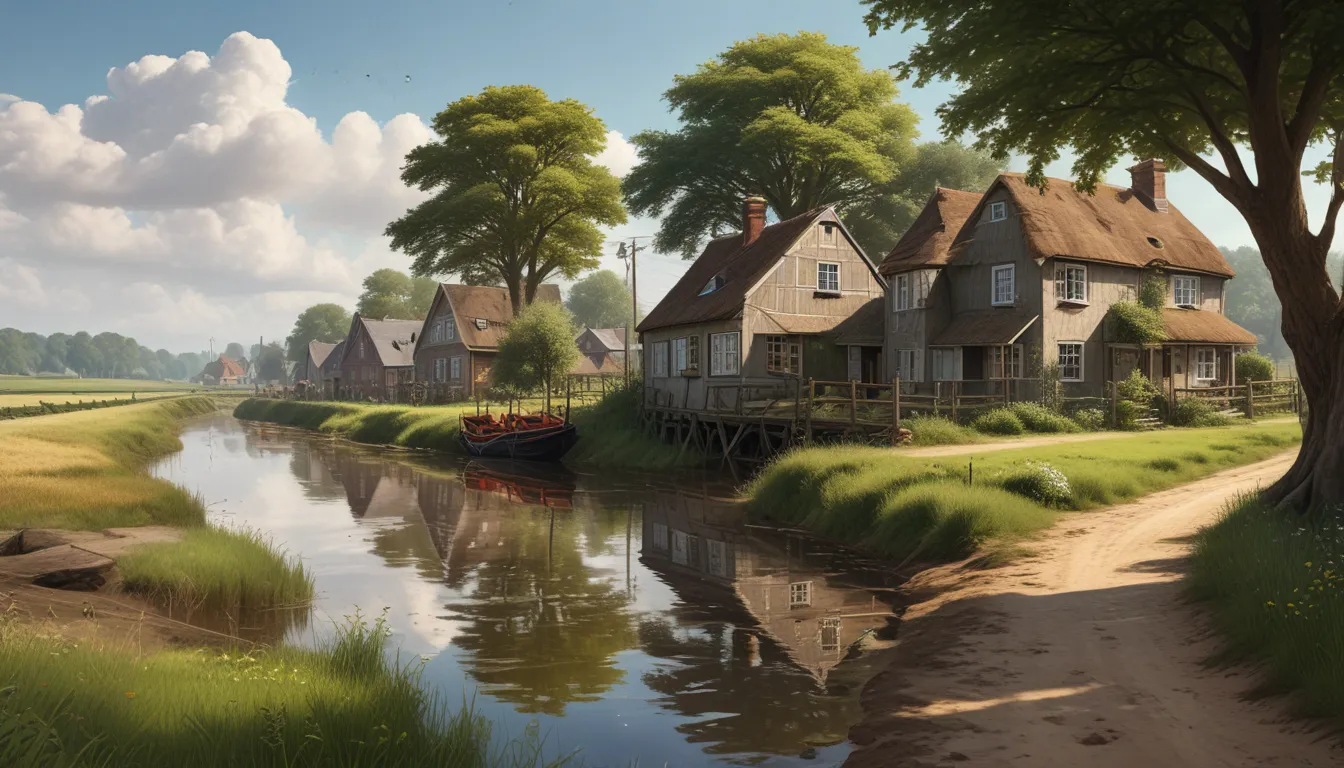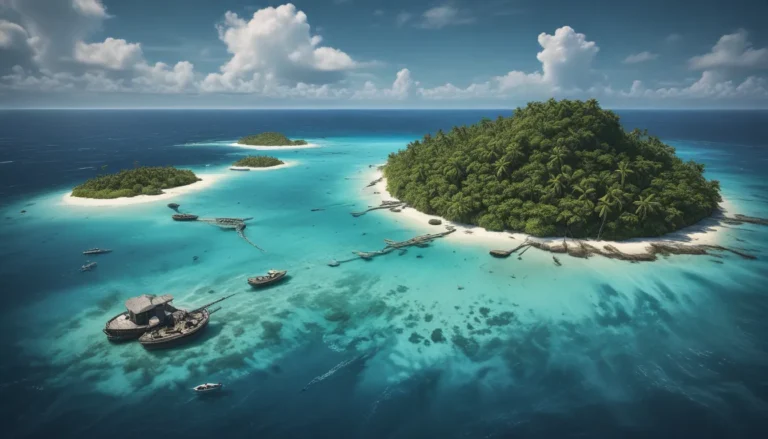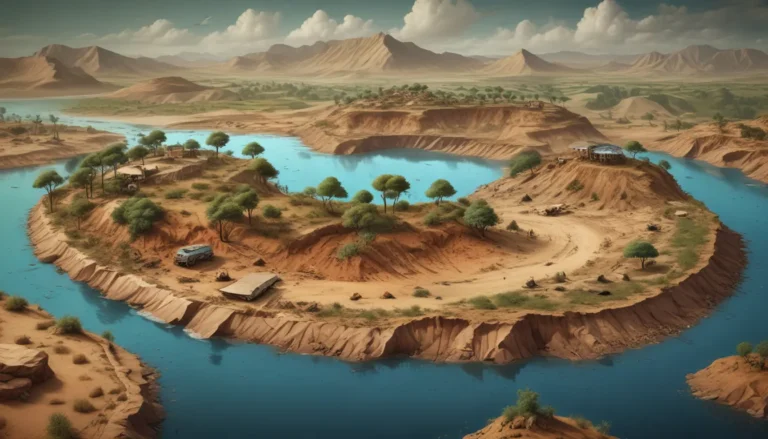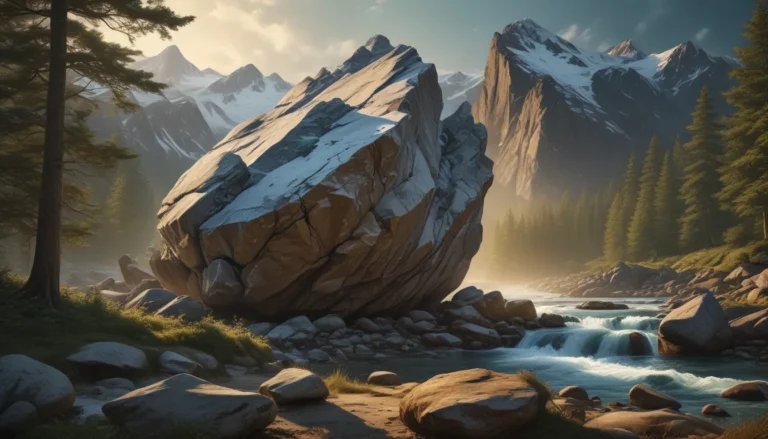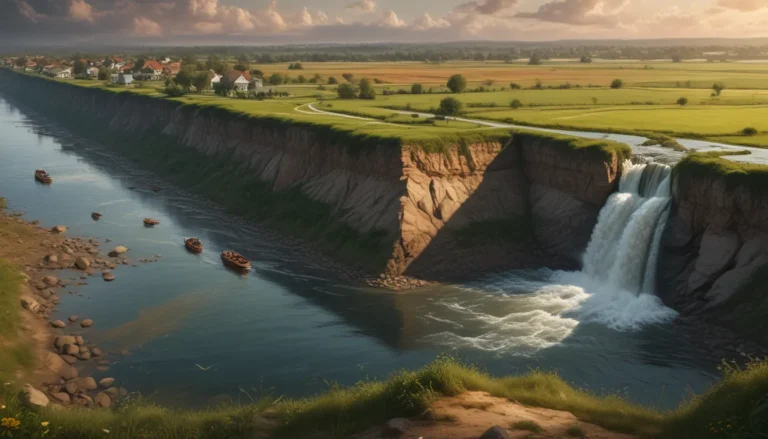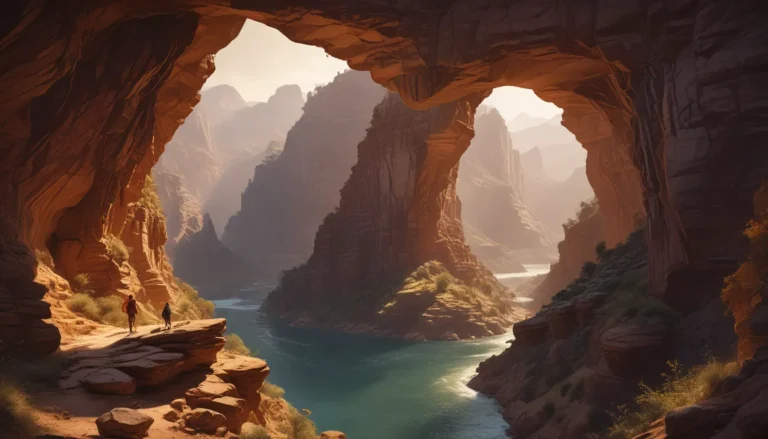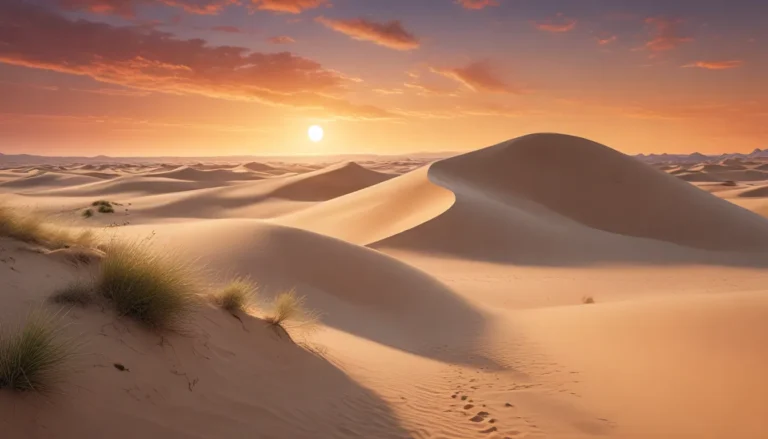A Note About Images: The images used in our articles are for illustration purposes only and may not exactly match the content. They are meant to engage readers, but the text should be relied upon for accurate information.
If you’ve ever marveled at the lush green fields and windmills dotting the Dutch landscape, you may have come across polders. These unique geographical formations are a testament to human ingenuity and resourcefulness in reclaiming land from the sea. But there’s more to polders than meets the eye. In this article, we will explore thirteen unbelievable facts about polders that will leave you in awe of these remarkable land reclamation projects.
Unraveling the Mysteries of Polders
Polders, a term commonly used in the Netherlands, refer to low-lying areas of land that have been reclaimed from the sea or other bodies of water. These reclaimed lands are protected by dikes or embankments to prevent flooding and allow for agricultural activities to take place.
The Oldest and the Largest Polders
The oldest polder in the Netherlands, the Beemster, dates back to the 9th century. This agricultural marvel continues to produce various crops and maintain its unique landscape. On the other hand, the Flevopolder holds the title of being the largest polder in the Netherlands and one of the largest in the world. This massive project created new land out of the IJsselmeer and resulted in the formation of two large provinces.
Polders: A Blend of Heritage and Sustainability
Polders have become an integral part of Dutch heritage and culture, attracting visitors with their picturesque beauty. These reclaimed lands not only serve agricultural purposes but also provide space for residential areas, creating a unique blend of urban and rural living. Additionally, polders play a crucial role in combating climate change by acting as natural buffers and providing habitats for diverse plant and animal species.
The Marvels Within Polders
Polders are not just reclaimed lands; they offer a unique experience for visitors and locals alike. From the world-famous Keukenhof Gardens, showcasing vibrant tulips, to well-maintained cycling paths that make polders a paradise for bikers, these reclaimed lands are brimming with wonders waiting to be explored.
Polders: A Testament to Human Resilience
The creation and maintenance of polders stand as a testimony to human ingenuity and determination. These remarkable feats of land reclamation not only shape the Dutch landscape but also symbolize resilience and the ability to overcome natural challenges.
Conclusion: Embracing the Wonders of Polders
Polders are truly fascinating and unique landforms that have played a significant role in human settlements in low-lying areas. They showcase our ability to reclaim and manage land from the forces of nature, serving as a source of inspiration for future land reclamation projects. As we appreciate the wonders of polders, we must also recognize the importance of investing in sustainable solutions to ensure the safety and well-being of those living in these areas.
FAQs on Polders
-
What is a polder?
A polder is a tract of low-lying land reclaimed from a body of water, protected by dikes and drainage systems. -
Where can polders be found?
Polders can be found in various coastal regions around the world, including the Netherlands, Belgium, and Southeast Asia. -
How are polders created?
Polders are created by constructing dikes and drainage systems to prevent flooding and maintain favorable water levels. -
What are some benefits of polders?
Polders provide flood prevention, fertile agricultural land, habitat for wildlife, and recreational areas. -
Are polders environmentally sustainable?
When properly managed, polders can be environmentally sustainable, promoting water conservation and mitigating the effects of climate change.
Unveiling the marvels of polders has shed light on the fascinating world of land reclamation. From combating climate change to providing havens for flora and fauna, polders offer a unique experience for all who venture into these reclaimed lands. Next time you explore the Netherlands, be sure to visit the captivating polders and witness the incredible triumph of human innovation over nature’s challenges.
